Home » Tummy Tuck Surgery in Turkey – Expert Care, Real Results

A flatter, firmer abdomen is one of the most requested aesthetic goals worldwide. Exercise and nutrition can reduce body fat and support core strength, but they cannot remove lax, redundant skin or repair separated abdominal muscles after pregnancy or major weight fluctuations. A tummy tuck in Turkey—the medical term is abdominoplasty Turkey—addresses these structural issues by removing excess skin and fat and tightening the abdominal wall to restore a smoother silhouette and confident posture.
Turkey’s blend of experienced, internationally trained surgeons, modern private hospitals, and transparent, all-inclusive tummy tuck Turkey packages has placed the country among the most trusted destinations for cosmetic surgery. Patients choosing tummy tuck Istanbul benefit from concierge-style coordination, VIP transfers, English-speaking care teams, and hotels near flagship clinics. Whether you are exploring a mini tummy tuck Turkey, full tummy tuck Turkey, 360 tummy tuck Turkey, or a tummy tuck with liposuction Turkey (including Vaser tummy tuck Turkey), this page explains candidacy, pricing, recovery, safety, and long-term outcomes—so you can plan with clarity and confidence.
Cost transparency is a major reason medical travelers choose Turkey. Compared with the US, UK, and Western Europe, the tummy tuck cost Turkey 2026 typically delivers savings of 50–70% while maintaining high surgical standards. Packages are designed to simplify logistics and limit surprise expenses.
Prices vary by surgeon seniority, hospital tier, and whether you combine liposuction or muscle repair. Typical guide ranges:
Comparative ballpark costs:
Why ranges differ: surgical complexity (mini vs. full vs. 360), anesthesia time, hospital category, muscle repair tummy tuck Turkey (diastasis recti plication), and contouring zones (flanks, upper abdomen, mons pubis). Revisions or combined procedures—such as mommy makeover Turkey—also influence price.
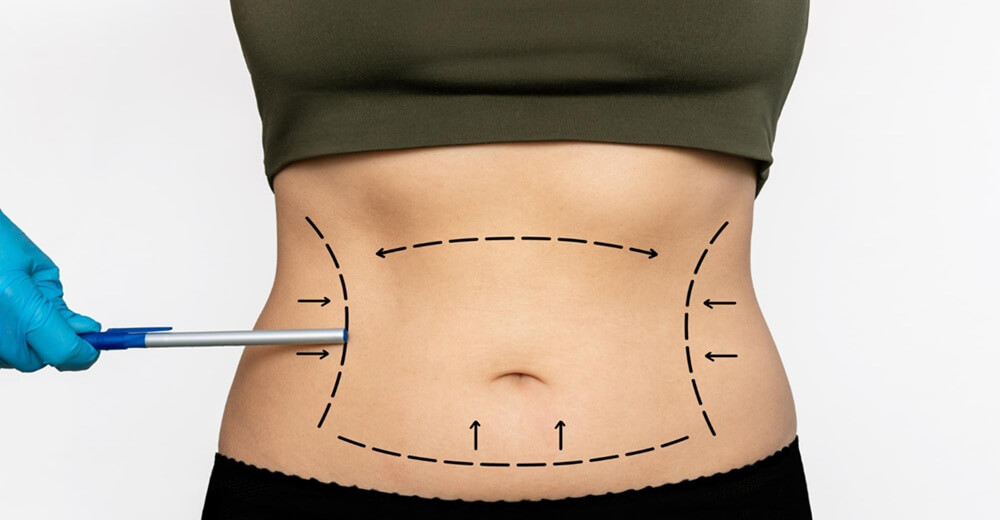
A well-structured tummy tuck package Turkey helps international patients avoid fragmented planning. Reputable providers typically include:
Tip: When comparing clinics, request a written itemized package and confirm whether garments, ultrasound-guided lymphatic massages, or extra hotel nights (if medically advised) are included.
BMI is a foundational safety metric for abdominoplasty. Most clinics consider BMI ≤ 30–32 acceptable for a standard tummy tuck. Above this range, risks (thrombosis, wound tension, infection, seroma) rise, and aesthetic predictability drops.
General guidance:
BMI is not the only factor. Surgeons also assess fat patterning (visceral vs. subcutaneous), skin elasticity, prior scars (e.g., C-section), hernias, and diastasis severity. Stable weight for 6–12 months pre-op correlates with better, longer-lasting results.
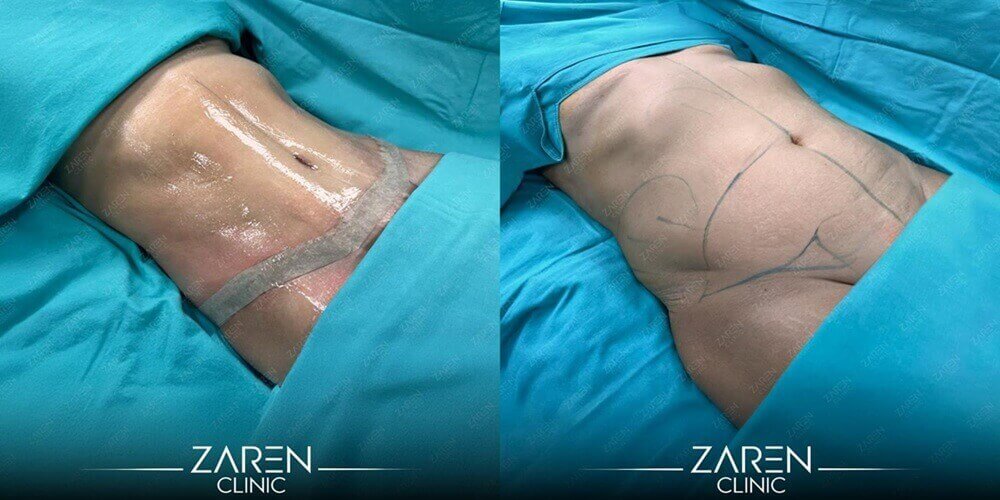
Tummy tuck before and after Turkey galleries commonly show smoother abdominal contours, corrected muscle separation, and a lower, straighter scar line placed for bikini concealment. Typical improvements include:
Patient journeys vary, but recurring themes include improved comfort in fitted clothing, easier physical activity due to core support, and psychological benefits from shedding skin redundancy. Post-pregnancy patients often describe a renewed sense of body ownership; massive weight-loss patients highlight functional relief from skin chafing and hygiene difficulties.
Patients who maintain stable weight and follow tummy tuck recovery Turkey protocols (garment wear, lymphatic therapy when advised) tend to reach peak definition sooner.
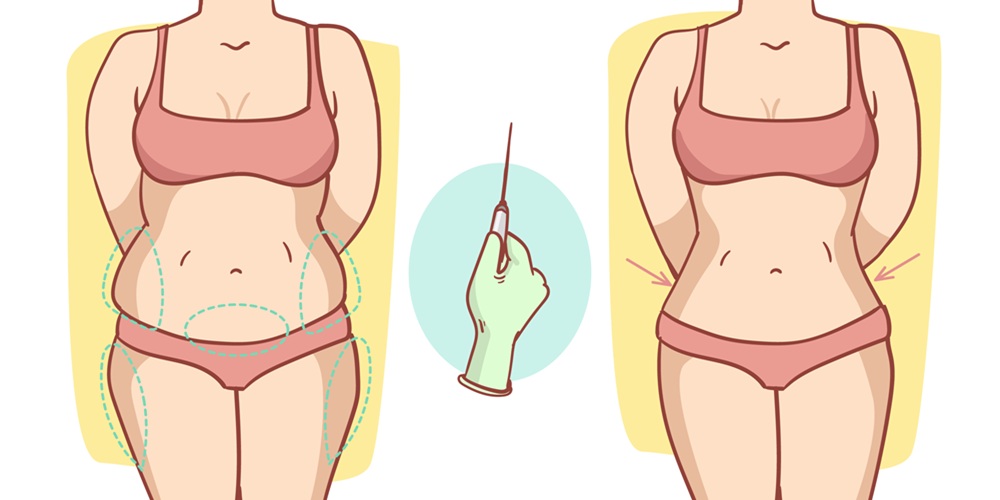
A mini tummy tuck Turkey targets laxity below the navel with a smaller incision and no formal muscle repair above the belly button. A full tummy tuck Turkey treats both lower and upper abdomen, repositions the umbilicus, and typically includes diastasis repair.
Choose mini if:
Choose full if:
Safety depends on surgeon credentials, hospital standards, and patient selection. Turkey’s top centers pair board-certified plastic surgeons with accredited hospitals equipped for modern anesthesia and thrombosis prevention. At Zaren Clinic, our surgeons are internationally trained, board-certified, and highly experienced in performing tummy tuck Istanbul surgeries. Clinics in Turkey often hold accreditations from international health organizations, ensuring the highest safety standards.
This duplicate heading reflects common search phrasing; use it to reaffirm distinctions and help users self-triage.
Evaluate pinch thickness above and below the navel, posture changes, hernia history, and pregnancy plans. A physical exam determines the skin-fat envelope and rectus muscle integrity. Many borderline cases benefit from full abdominoplasty for durable, symmetric results.
There are many clinics in istanbul, and many cosmetic surgery. Zaren Health is one of best health counselor in Turkey and plastic surgeons in Turkey. To get more information about the average gastric sleeve, belly liposuction, loose skin surgery cost and tummy tuck cost in Turkey, you can simply get in contact with us through the online consultation form.
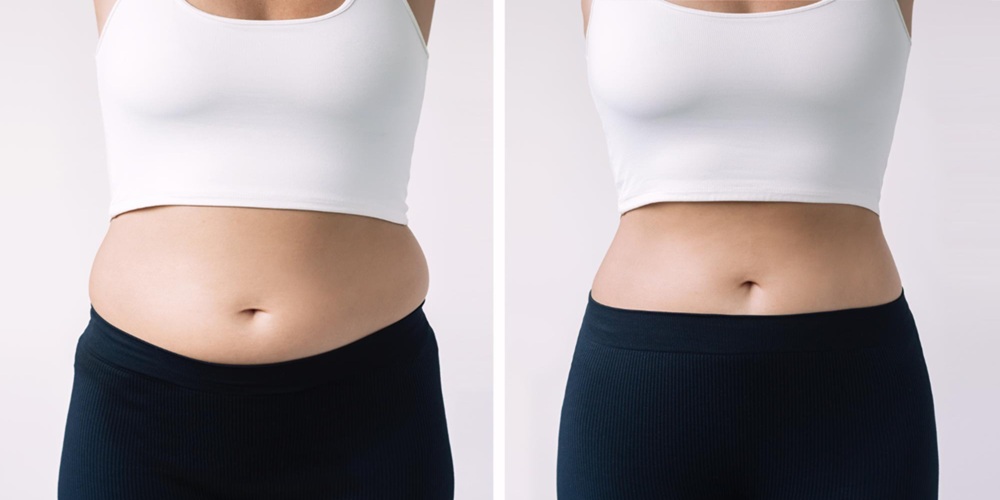
Abdominoplasty tightens the envelope; liposuction sculpts the contents. Combining both—especially flank and upper-abdominal liposuction—often maximizes waist definition.
Vaser tummy tuck Turkey uses ultrasound-assisted liposuction to emulsify fat with precision, enhancing the natural midline groove and semilunar lines in selected candidates. Surgeons apply conservative high-definition techniques to avoid over-etching and maintain soft, natural femininity/masculinity based on goals.
Recovery timelines are individualized, but structured routines accelerate comfort and contour.
A mommy makeover Turkey synchronizes tummy tuck with breast lift/augmentation/reduction, sometimes adding liposuction of the flanks/back and a mons lift. Benefits include single anesthesia, coordinated aesthetics, and consolidated downtime
Expect a slightly longer operation and more intense first week. Compression garments for abdomen and a soft post-op bra are standard. Cost scales with added procedures, implant choice (if augmentation), and OR time. Patients with small children often arrange extra home help for 10–14 days.
Abdominoplasty is long-lasting when weight and hormones remain stable. It removes extra skin and tightens the fascia/muscle, changes that do not “wear off.” However, future weight gain or pregnancy can stretch tissues again.
Significant weight gain increases fat cell size and can re-create bulges. For those planning more children, surgeons often recommend postponing abdominoplasty so muscle plication remains undisturbed by pregnancy.
This section reiterates BMI in a general (non-Turkey-specific) context to align with your heading structure and search intent.
If BMI exceeds the clinic’s threshold or fat distribution suggests visceral dominance, pre-op weight reduction is advised. Prior weight stability reduces post-op size changes and seroma risk. When near goal weight, the surgeon can refine contours with greater precision.
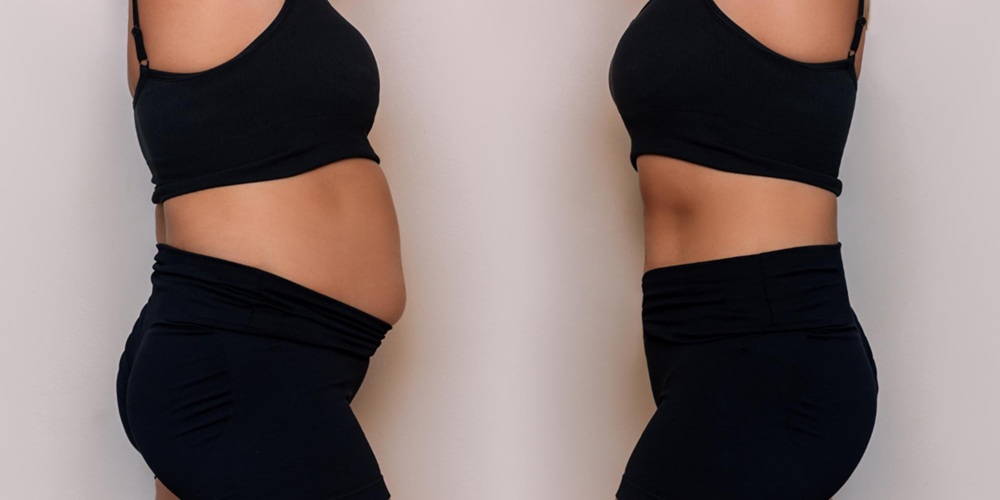
Yes, abdominoplasty requires incisions. The goal is to place them low along the bikini line and sometimes around a re-shaped umbilicus. Scar quality improves with meticulous closure, reduced tension, and patient compliance with scar care.
Patience: maturation takes 12–18 months; color and thickness typically soften
Turkey’s medical tourism ecosystem unites surgical expertise with hospitality logistics. English-speaking coordinators schedule labs, scans, hotel stays, drivers, and post-op checks, making safe tummy tuck abroad Turkey straightforward for first-time travelers
Tummy tuck Istanbul remains a top query because the city concentrates seasoned surgeons, premium private hospitals, and five-star hotels. Many centers offer on-site imaging, in-house translators, and dedicated post-op lounges for dressings and garment fitting—streamlining each touchpoint of your journey.
Absolutely. Men pursue abdominoplasty after weight loss, to address skin redundancy, or to refine waistline definition unachievable with gym efforts alone.
Healing protocols mirror those for women, though men may need tailored garment sizing and targeted lymphatic therapy in areas prone to fibrous fat. Results aim for firm, natural masculinity rather than exaggerated sculpting.
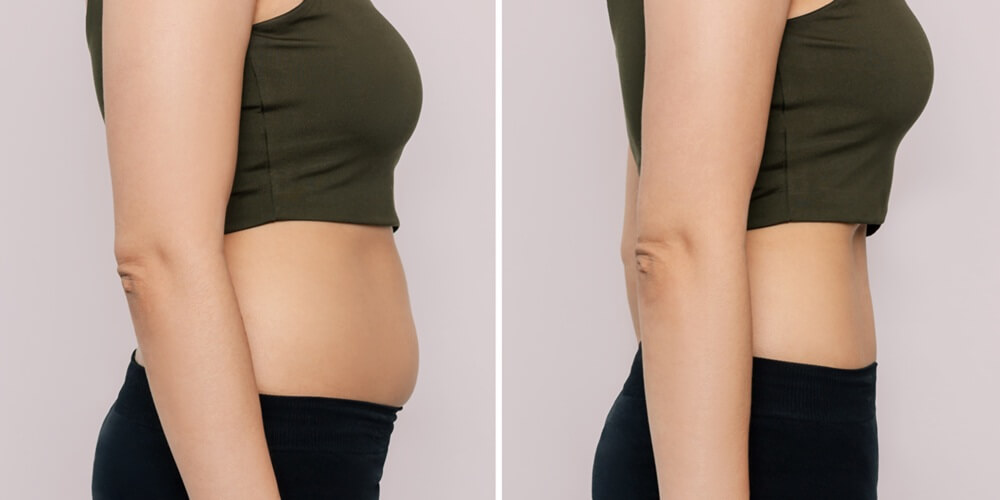
Typical total packages range from $3,500–$6,900, depending on mini vs full vs 360, surgeon seniority, and whether you add liposuction or breast surgery.
Mini treats lower laxity only, with smaller scar and quicker recovery. Full treats the entire abdomen, repositions the navel, and often includes muscle repair.
Not always, but many patients benefit from flank/upper-abdominal liposuction to refine the waist and transition zones.
It’s separation of the rectus muscles and central fascia, often after pregnancy. Surgeons plicate (stitch) the fascia in the midline to restore tension and internal “corset” support.
Drain use is surgeon-specific and case-dependent. Some employ progressive-tension sutures and glues to minimize drains; others prefer short-term drains to prevent seroma. Blood thinners, some supplements, and certain meds may need pausing. Provide a full list to your care team for safe planning.
A tummy tuck in Turkey can transform both form and function—removing redundant skin, restoring core support, and refining the waistline. Choosing a reputable provider, aligning procedure choice with anatomy (mini vs. full vs. 360 tummy tuck Turkey), and honoring recovery guidelines are the keys to predictable, natural results. With all-inclusive tummy tuck Turkey packages, English-speaking coordination, and an established aftercare culture, tummy tuck Istanbul remains a premier option for international patients searching for quality, value, and safety abroad.
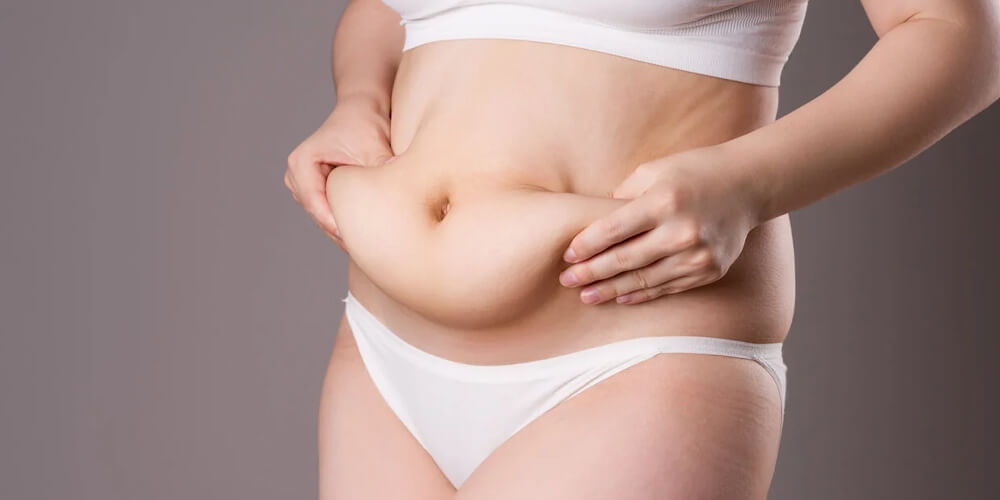
When considering a safe tummy tuck abroad Turkey, choosing the right partner is just as important as the procedure itself. Zaren Health has become a trusted name in international health tourism by combining world-class surgical expertise, JCI-accredited hospitals, and all-inclusive tummy tuck Turkey packages. With English-speaking coordinators, 24/7 patient support, and VIP transfers, every step of your journey is managed with precision and care.
What sets Zaren Health apart is its philosophy: patient safety and comfort always come first. Whether you are planning a mini tummy tuck Turkey, full abdominoplasty Turkey, or a comprehensive mommy makeover Turkiye, Zaren Health provides transparent pricing, personalized treatment plans, and continuous aftercare—even after you return home. Patients consistently highlight not only their tummy tuck before and after Turkey transformations but also the warm hospitality and peace of mind they experience under the Zaren Health umbrella. For those seeking the best tummy tuck clinic Türkiye, Zaren Health offers more than surgery—it offers confidence, safety, and a smooth pathway to renewed self-image.
Hello!